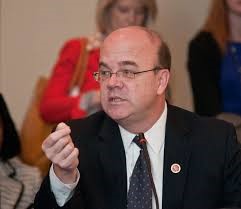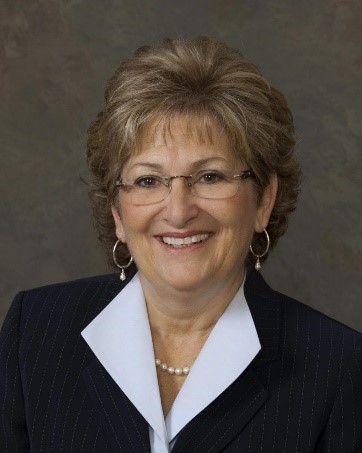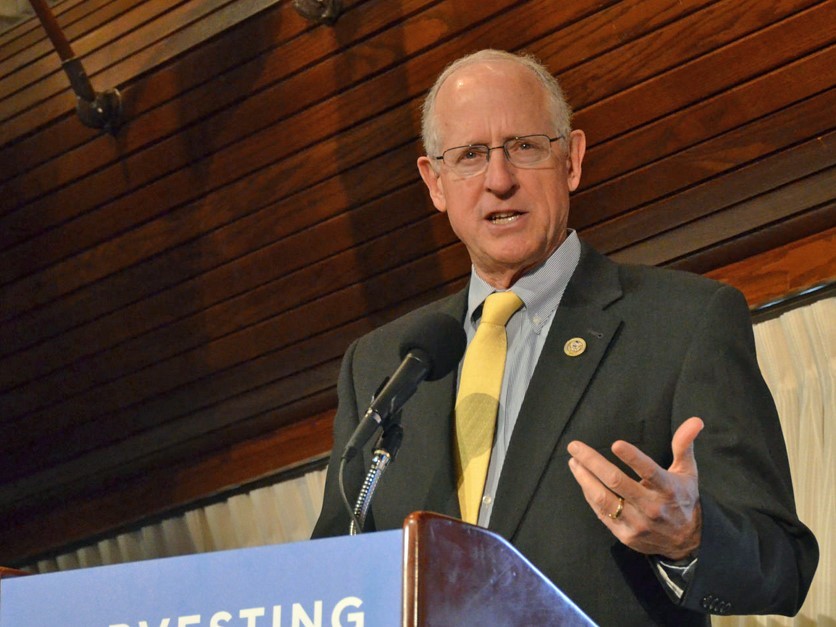
Rep. Jim McGovern, D-Mass
WASHINGTON, July 19, 2017 - House Republicans are looking to push through a 10-year budget blueprint that would pave the way for tax reform, but the plan potentially complicates the path to passing a new farm bill. The fiscal 2018 budget resolution released Tuesday would require the House Agriculture Committee to cut spending by $10 billion over 10 years.
The resolution, which the House Budget Committee is scheduled to vote on Wednesday, doesn’t specify that the cut must come from the Supplemental Nutrition Assistance Program, but that is the intention. The resolution also includes a pair of policy statements laying out ways for the committee to tighten SNAP work requirements.
The senior Democrat on the House Agriculture subcommittee that oversees SNAP, Jim McGovern of Massachusetts, said a cut to SNAP of that size was unwarranted and would doom the farm bill.
“If this is the budget, and this is what we see in the farm bill, a cut of $10 billion, then I will predict right here and now that we will not have a farm bill,” McGovern said at the opening of a subcommittee hearing Tuesday that was taking place even as the budget resolution was being released. “I will do everything I can to kill a farm bill.”
House Budget Chairman Diane Black, R-Tenn., defended including the SNAP cut in the resolution. She negotiated the size of the reduction with Agriculture Chairman Mike Conaway, R-Texas, who resisted demands by some conservatives for an even deeper cut. “We want to make sure that every dollar that is used is used for those people who are most needy,” Black told reporters Tuesday.
The budget resolution is critical to GOP plans to enact broad-based tax reform during this Congress. Republicans plan to use the budget reconciliation process to pass the tax bill because it wouldn’t need any Democratic support to pass the Senate. (Reconciliation bills only need a simple majority in the Senate to pass. Other bills require 60 votes.) But Republicans can’t use the reconciliation process unless the House and Senate first agree on a budget resolution.

Diane Black, R- TN
The future of the House budget resolution is far from clear. Black expressed confidence that her committee would approve the resolution on Wednesday, but the chairman of the House Freedom Caucus, Rep. Mark Meadows, R-N.C., has questioned whether the measure has the votes to pass the full House.
And even before the budget was released, Conaway said that his deal with Black to cut $10 billion from SNAP doesn’t extend beyond the House budget resolution. “Unless this actually becomes the agreement between the House and the Senate we’re not bound by that … I don’t have a clue what the Senate might or might not do,” Conaway said.
The Senate may not go along with a SNAP cut, although Sen. Chuck Grassley, R-Iowa, suggested to reporters Tuesday that a $10 billion reduction is rather modest. “That’s a 1 percent cut, and I think that in this day of deficits nobody is going to sweat on a 1 percent cut, unless it’s in defense, which has been grossly underfunded,” Grassley said.
The SNAP reduction would amount to $1 billion a year from a program that is projected to cost about $67 billion to $68 billion a year over the next decade.
Conaway has been walking a political tightrope during negotiations on the budget resolution, trying to show conservatives that he’s willing to cut spending while at the same time trying to maintain the House coalition that he will need to pass a farm bill.
Conaway said in an interview last week that he envisions plowing the savings from strengthening SNAP work requirements back into the program to provide incentives to beneficiaries to get employment or to take pay increases. Those incentives would create a “glide path” for people to move from SNAP into employment or better paying jobs. Tightening work requirements “creates those dollars that we would then recycle for the glide path,” Conaway said.
It’s not clear how Conaway can “recycle” that money if the cut is made through the reconciliation process. The budget resolution envisions including the $10 billion SNAP cut in the reconciliation bill as a way to reduce the budget deficit and offset the lost revenue from cutting taxes. If that occurs, budget rules make it difficult for Conaway to then bank the savings from the SNAP cut for later use in the farm bill, said Richard Kogan, an expert on the congressional budget process
Conaway may instead be betting that the final FY18 budget resolution omits most or all of the proposed SNAP cut. That would allow him to make the changes to SNAP work requirements and address the transition incentives (the “glide path”) in the farm bill.
The budget resolution does nothing to help Conaway address what is likely to be his biggest challenge in writing the new farm bill, funding the many changes to commodity programs that farm groups want.
The American Farm Bureau Federation sent a list of farm bill proposals to Capitol Hill last week that includes expanding the Margin Protection Program for dairy, adding cotton seed or fiber to the Price Loss Coverage and overhauling Agriculture Risk Coverage to address various complaints about the way payments are calculated. AFBF hasn’t released the cost estimates, but the dairy and cotton provisions alone could add billions of dollars to the cost of the new farm bill, based on estimates for similar proposals.
The top Democrat on the House Agriculture Committee, Collin Peterson of Minnesota, worries that Congress may not be able to pass a new farm bill because of the budget squeeze. “We need $10 billion more, not $10 billion less,” he said.
Peterson also worries that the Freedom Caucus conservatives will block passage of a farm bill if it doesn’t cut SNAP. “I don’t see how this (the farm bill) gets done,” Peterson said.
#30


